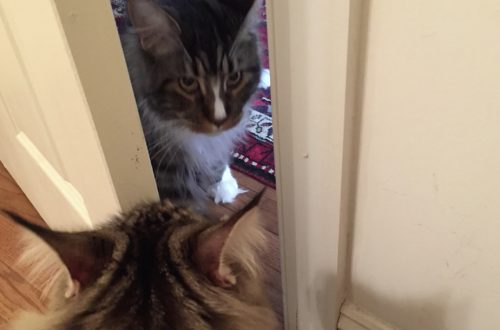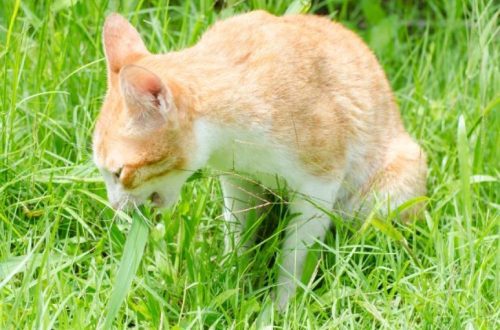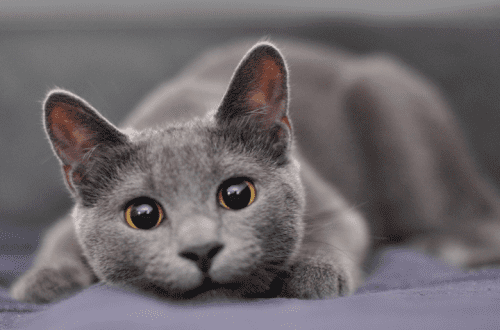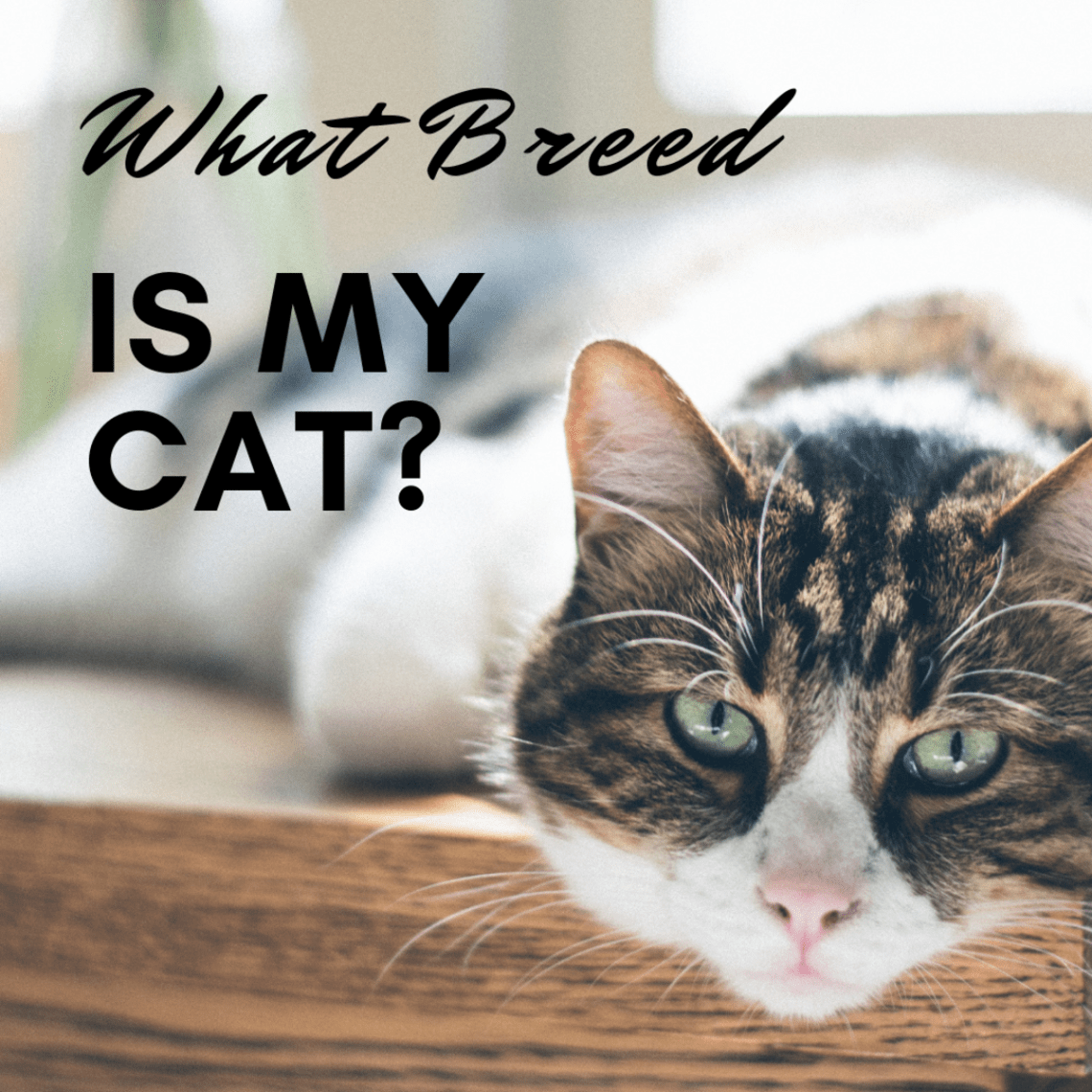
How to determine the breed of a cat
Contents
- Individuals of noble blood and their untitled relatives: how to find out which clan your pet belongs to
- We establish the breed of a cat by physical characteristics
- By color
- By type of wool
- By the shape of the ears
- By physique
- Tail size
- By paw length
- Features of the behavior of a cat, as a way to determine its breed
- Genetic testing of a cat for breed
Individuals of noble blood and their untitled relatives: how to find out which clan your pet belongs to
Pedigree cats and their outbred counterparts are distinguished from each other not only by their appearance and habits, but also by the documentary issue. Therefore, if one day you decide to shelter a homeless Persian with a show exterior, keep in mind that “going to exhibitions” definitely does not shine for you. Moreover, without documents confirming the cat’s “personality”, even the most purebred purr for felinological systems automatically becomes an invisible cat.
For closed breeds (when animals are bred within the breed group), a pedigree, cat metrics and a veterinary passport are required. In situations with open breeds in the process of becoming (when mating with other phenotypic individuals is allowed), the final verdict is made by the breeding expert.
Important: A cat’s belonging to an open breed is confirmed if an undocumented animal receives an “excellent” rating for conformation characteristics from three judges. As a result: the individual is recognized as thoroughbred, receives a tribal pedigree without indicating ancestors in the corresponding column.
We establish the breed of a cat by physical characteristics
So, with the cats that have a package of necessary documents on their paws, they figured it out. But what if you have an adorable pet or a cat shelter whose origins are shrouded in mystery? First of all, love the purr and provide him with comfortable living conditions. Well, if you still want to find out who is listed in the ancestors of the ward, just take a closer look at his appearance.
By color
If you have a black or red “matroskin”, calmly skip this and subsequent paragraphs and proceed to reading the next block, because such cats are found in the vast majority of breeds. Well, for owners of cats with “fur coats” of other shades, there is some useful information.
Siamese color / color-point
Distinctive features: light coat on the body + shaded muzzle, ears, paws and tail, as a result of acromelanism (incomplete albinism). Cat breeds whose standards fixed this type of color: Siamese, Burmese Shorthair, Thai, Seychelles Shorthair, Munchkin, Peterbald, British, Scottish, LaPerm, European Shorthair, Don and Canadian Sphynx, Devon Rex, Balinese, Burmese.
Ticked
Features: each hair has a heterogeneous color in the form of contrasting stripes, due to which the hair does not acquire a clear pattern, but looks like it is covered with freckles. Typical representatives: Abyssinian, American Curl, Scots and British, Munchkin, Devon Rex, Maine Coon, Persian, Bobtail, American Shorthair.
wild/tabby
Signs: wool with clearly visible dark patterns – stripes, spots, lines, rosettes, reminiscent of the tone of the skin of wild felines. If your cat has a similar color, then genetically this already makes her a little related to Bengals, Siberian cats, Egyptian Mau, Ocicat, Kuril Bobtail, Safari, Serengeti, Kanaani and Caracat.
Brown/Chocolate
The chocolate pigment, formed by two recessive genes at once, is a phenomenon so unique that it is almost impossible to find it among street cats. In general, this is one of those rare colors, the presence of which in a cat speaks of its belonging to pedigreed compatriots. Representatives: British Shorthair, Scottish Fold, Havana Brown, Burmese, Devon Rex, Persian, Chantilly Tiffany, Abyssinian.
By type of wool
Historically, cat families were divided into long-haired and short-haired clans. But after the selection experiments of the XNUMXth century, curly-haired and completely hairless relatives were added to these two groups.
Longhaired breeds
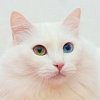
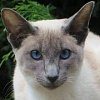
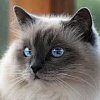

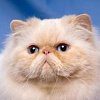
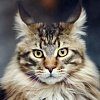
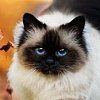


● Exotic Longhair. ● Oriental Longhair. ● Cymric.

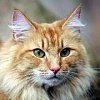

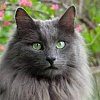
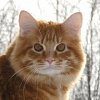

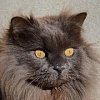
Shorthair cats
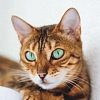
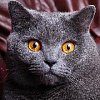

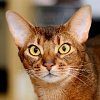
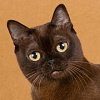
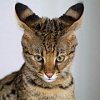
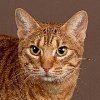

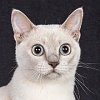



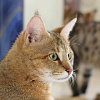
● Ceylon cat.● Arabian Mau.● Australian mist.● Dragon Li.● Colorpoint shorthair. ● Brazilian Shorthair.
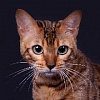
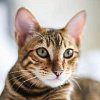

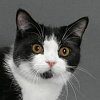

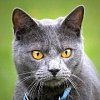
curly-haired


● Oregon Rex. ● Bohemian Rex.
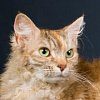

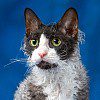
Hairless/hairless cat breeds

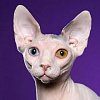
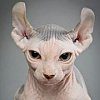
● Ukrainian Levkoy.● Minskin.
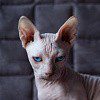
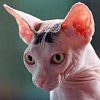
By the shape of the ears
The more atypical the shape and size of the hearing organs, the easier it is to trace the genetic “base” of the cat. Moreover, the chances of successful identification increase dramatically when some other bright feature is added to the structural features of the ears. For example, short legs, lack of hair on the body or a rare type of color.
Curious fact: if now someone thought about the charming tassels on the ears of the Maine Coons, then it is completely in vain, because they are not a breed-forming feature. Accordingly, the presence of this decoration in a cat is not yet a reason to write it down as a relative of the giant “Americans”.
Scottish Fold (short and long haired)
The ear cloth is curved forward and downward, which is why the head of a cat resembles an owl. The ear itself has 2 to 3 folds of cartilage.

american curl
The breed has a phenomenally high density of cartilage tissue on the hearing organs (in terms of rigidity it is not inferior to human ears). As for the shape of the ears, they are smoothly bent back at an angle of 90-180 °.

poodlecat
The organs of hearing are large, located at the maximum distance from each other and extremely high. The ear itself is lowered down, almost hanging, with a clearly visible fold, which gives them the appearance of terrier ears.
Elf
The ears, wide at the base, devoid of full-fledged hair, taper at the tip and twist back into a soft arc there.

British Longhair (Highlander)
The medium-sized ear is distinguished by a very flexible, slightly rounded tip, laid back.

kinkalow
Compared to the above breeds, the degree of bending of the kinkalow ears is not as great. An additional identification feature of the family is the paws, which are very short in its representatives.
Ukrainian Levkoy
The upper part of the large, wide-set and completely bare ears is turned forward and down. The tip of the ear cloth is very soft and plastic.
Oriental
The ears are large, with a wide and well developed base, visually continuing the wedge-shaped outlines of the head.
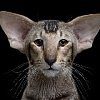
Bambino
The hairless, triangular ear is quite large and has a rounded tip.

Kanaani
The breed has recognizable hearing organs – large, set wide and straight with a pointed shape at the ends.
somali cat
In representatives of this family, the base of the hearing organs is distinguished by a cupped shape and a strong pubescence of the inner part of the ear cloth. Sometimes “Somali” have charming tassels on the tips, which makes it easier to recognize the breed.
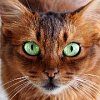
Abyssinian cat
The elongated ear-cup is distinguished by a moderate sharpening of the tip and a generally alert position – from the side it seems as if the cat is listening to something.

By physique
If the shape of the ears and color was not enough to determine the feline pedigree, you can try to determine the breed by the texture of the animal, as exhibition judges do. To date, the British felinological organization (Governing Council Cat Fancy) identifies 6 main types of cat physique, into which all existing breeds fit.
Oriental / extreme (Oriental)
Cats with a “ballet posture” fall into this category – slender (by no means skinny), with high, refined paws and graceful wedge-shaped muzzles. The tails and necks of the owners of the oriental build are thin and extremely long. Outstanding representatives: Balinese, Cornish Rex, Oriental and Siamese cats.
Foreign / sports (Foreign)
The name of the type is due to the fact that it includes animals with external features that are not inherent in native English breeds. “Foreigners” are generally similar to the “Orientals”, but have a rather athletic build. They are more muscular, less lean and, accordingly, less graceful. The most popular representatives of the Foreign type are Turkish Angora, Russian Blue, Abyssinian, Somali.
Semi-Foreign (Semi-Foreign)
Up to 90% of outbred street cats can be entered into the semi-foreign type, since all its characteristics are as average as possible. Animals with Semi-Foreign appearance tend to be medium-sized individuals with harmoniously developed limbs and bones, which may have a separate striking breed trait, such as curled ears. Classic “semi-foreigners”: Canadian Sphynx, American Curl, Egyptian Mau, LaPerm.
Half-stocky (Semi-Cobby)
Already from the name of the category it is clear that the path to it is open exclusively to “strong guys” with a stocky powerful body, a rounded muzzle on a short neck, a wide chest and short legs. Typical Semi-Cobby cat tribe: Selkirk Rex, British Shorthair, Scottish Fold, Bombay cat.
Chunky (Cobby)
The group included the most “hugging-squeezing” and textured kitties with a square body, a rounded head on a thick neck, short massive paws and mega-short tails. The most famous kobbies: manx, exotic, persian cat.
Heavy (Substantial)
This is a group of real “heavyweights” (from 5 kg and above), who have lost the seductive roundness of their faces and compact bodies, but instead received an appearance that is as close as possible to their wild ancestors. Representatives: Maine Coon, Siberian, Norwegian Forest cat, pixie bob, ragdoll.
Tail size
It is an order of magnitude easier to establish the origin and “bornness” of a cat by the tail if it is abnormally short or has an atypical shape – in the form of a puff, a spiral or a broken line.
Cymrian cat/Cymric
Ideally, the tail is completely absent (a dimple on the sacrum is easily felt), but there are also individuals with a small process that does not extend beyond the croup.
Manx
The closest relative of the Cymric also lacks a tail as a result of a genetic mutation. However, exceptions to the rule happen quite often, so do not rush to judge the breed of a pet only by this part of the body.

Pixiobob
Cats with lynx habits inherited stubby, straight, a little less often – broken, tails with a length of 5 cm.
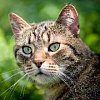
Karelian bobtail
Cats and cats have tails 4-13 cm long, looking like pom-poms due to kinks. However, straight ponytails are also found among the Karelian Bobtails.
Kurilian Bobtail
A native of the Kuril Islands is distinguished by almost the same short pompon-shaped tail as its Karelian relative. According to the degree of fracture, this part of the body can be characterized as a spiral, a stump, a panicle, and even a retracted bobtail. You can read more about what distinguishing features each of the listed tail configurations has in the breed standard.

Mekong bobtail
The breed standard of the blue-eyed “Mekongs” is a tail three vertebrae long. There is a strict length limit: the tail is no longer than ¼ of the cat’s body.
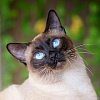
japanese bobtail
Representatives of the breed have high-set, twisted or pompon-shaped tails up to 8 cm long. An important nuance: in the litters of Japanese cats there are never individuals with tails of a full length or completely devoid of this part of the body.
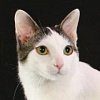
american bobtail
Straight, slightly knotted at the tip or curved tail ranging from 2,5 to 8 cm is one of the defining breed characteristics of the American Bobtail.
By paw length
As in the case of tails, pronounced “short-legs” are identified most quickly and most successfully among the feline brethren. This feature of appearance arose as a result of a gene mutation and has been very actively developed by breeders in recent years due to the trend for “toy” pets with the most pretty exterior.
Munchkin
The legs are short and straight, and the hind limbs are noticeably longer than the front ones. There is an intrabreed type with an extremely low “fit” – the so-called rug hugger.
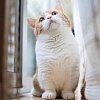
Skookum
The curly-haired descendant of the LaPerm and the Munchkin also has moderately massive, short legs of unequal length – the hind legs are longer than the front ones.

Bambino
The legs are short, strong, with pronounced folds and thickenings. The hind legs are slightly shorter than the front. The fingers are noticeably longer than those of other breeds.

Minskin
Short paws have harmonious proportions. The sections before and after the knee joint should be equal in length.
Napoleon
Shortened limbs with a fairly massive body to the Napoleons passed from their ancestor – the Munchkin. The cat moves with small, dancing steps.
Take the conformation characteristics of the animal as a clue, allowing you to only roughly imagine which genes of which feline ancestors have combined in its phenotype. We also remind you that any, even the most pronounced single physical sign is not enough to consider a domestic or street cat a representative of a particular breed.
Features of the behavior of a cat, as a way to determine its breed
Felinologists regard this method as the most unreliable. Although, of course, it is also not worth disregarding the character traits and temperamental features inherent in a particular cat group. Just in case, we offer a mini-instruction on the most benevolent, independent and narcissistic “tails”.
Chatterboxes and affectionate annoyers
If your cat shows a strong affection for people, talks a lot (meowing for no reason is also considered) and constantly gets underfoot in anticipation of affection, this gives out in him the genes of such breeds as the Siamese cat, Bengal, Oriental cat, German Rex and Canadian Sphynx.
Pacified phlegmatic
These comrades never impose their presence on others, but are always ready to substitute the back for scratching, if the owner wants it. When sorting out relations with fellow tribesmen, this group of cats always “votes” for smoothing out the conflict and enters into an open fight among the latter. Representatives: Russian Blue, American Curl, Burmilla, Burmese cat, Siberian cat, Norwegian Forest cat.
Independent and “walking on their own”
If every time you look at a pet, there is a strong feeling that it was not you who sheltered the purr, but he you, most likely you have come across the most “natural” type of cat. Distinctive features of the subgroup of cats with a Nordic character: incurable independence from the owner, detached behavior, submission to the internal household routine exactly as long as it suits him. The most “strong in spirit” breeds are Maine Coons, Persians, British Shorthairs, Japanese and Kuril Bobtails.
Genetic testing of a cat for breed
The most accurate answer to the question of what genetic code your cat got is only a laboratory examination. But, firstly, genetic profiling tests are quite expensive. Secondly, for street cats, such manipulations do not make sense, since they are more designed for pedigree individuals, which are planned to be allowed into further breeding.
The only exception is the relationship test. Such an examination is necessary in situations where there are doubts about the honesty of a breeder who sells an animal without documents, but assures that the kitten is from purebred sires. Of course, the results of the study will be rather from the category “for yourself”, because they will not provide you with cat metrics and pedigree, but at least they will dispel or confirm doubts about the purebred cat.



